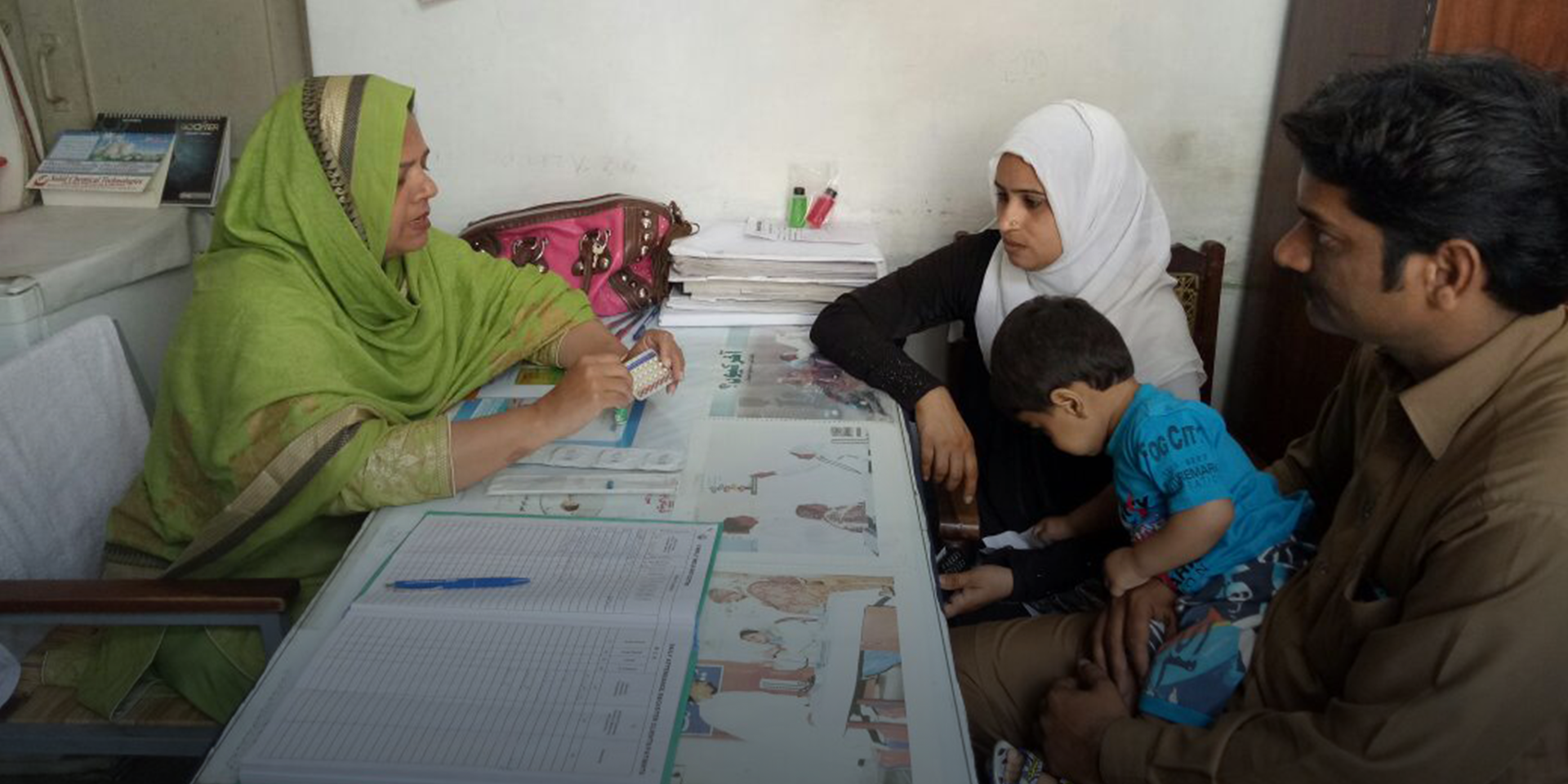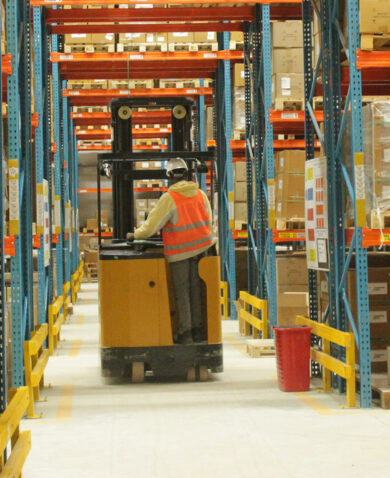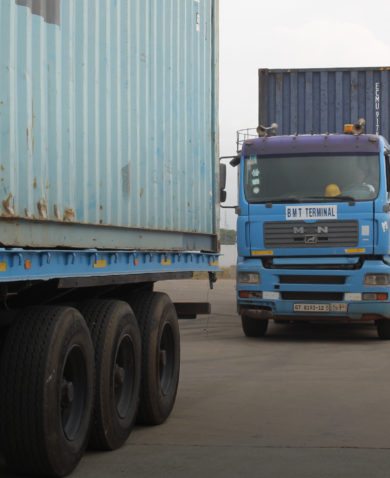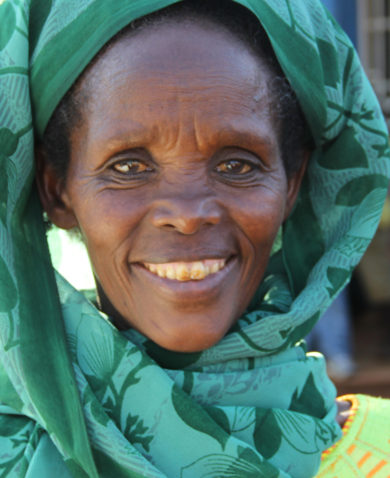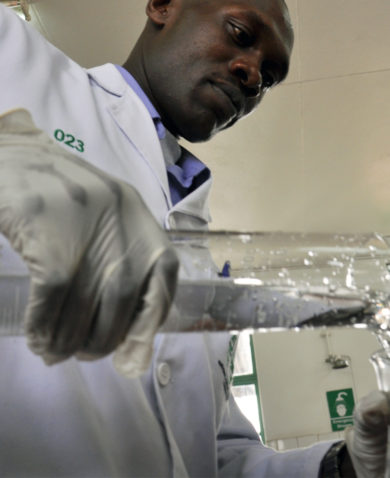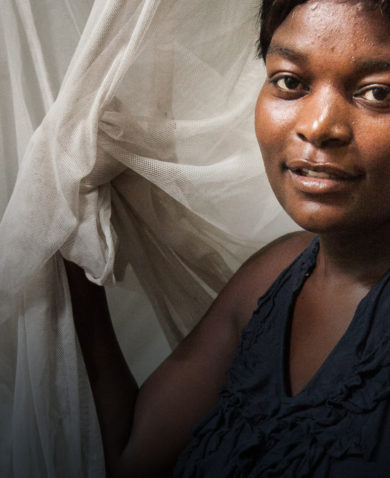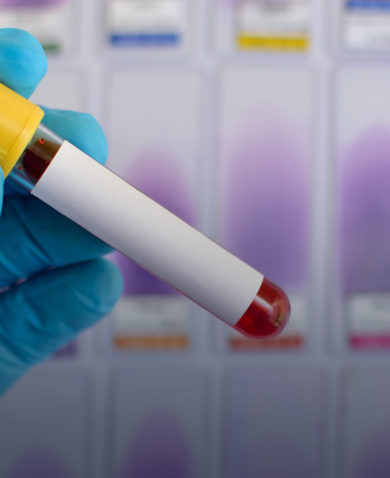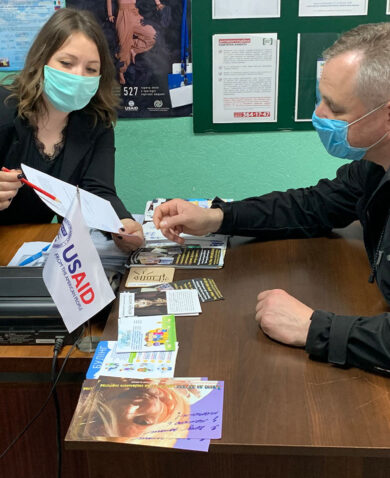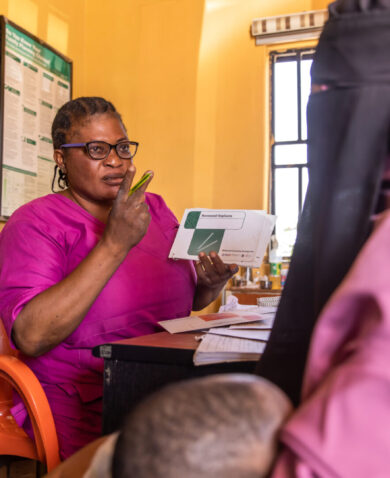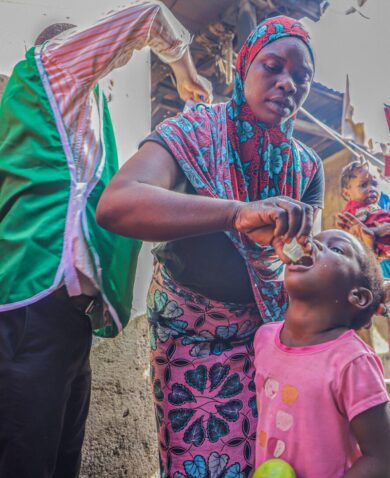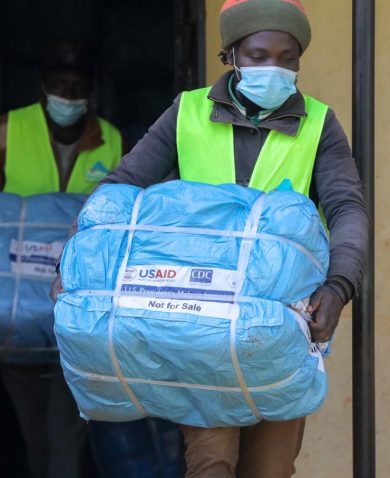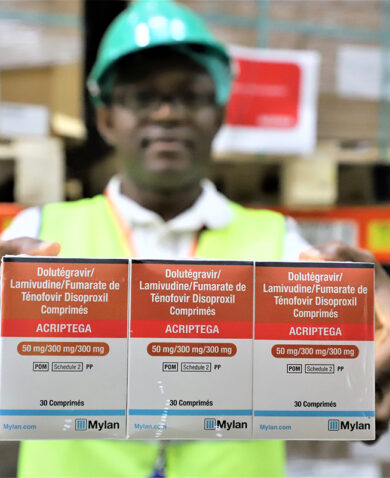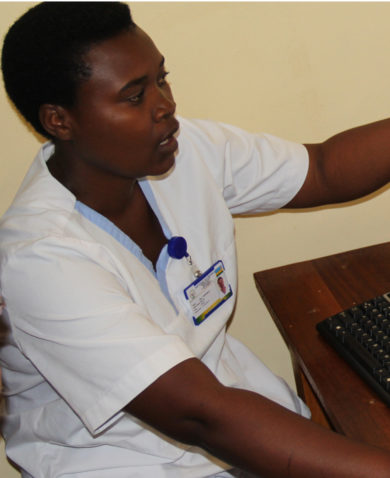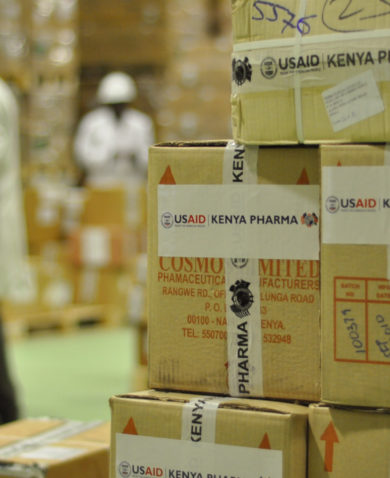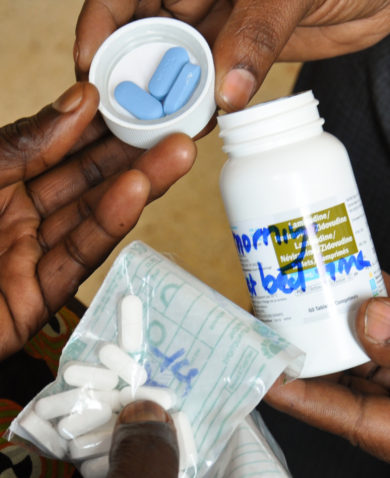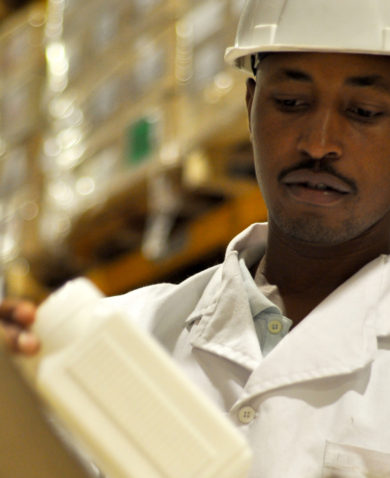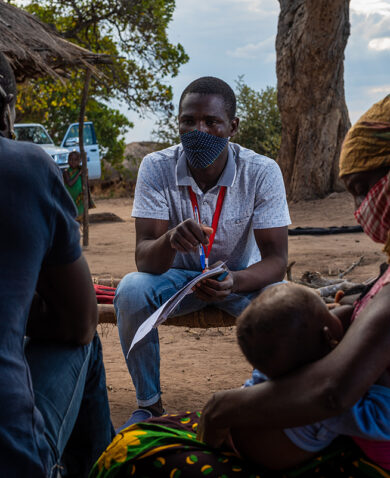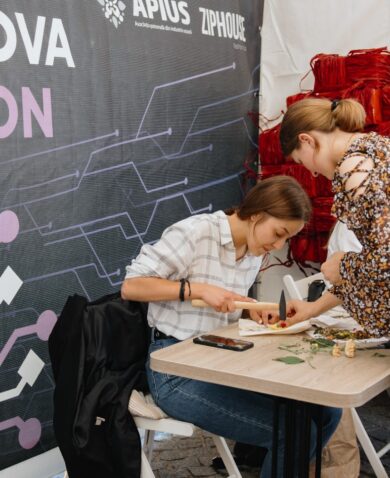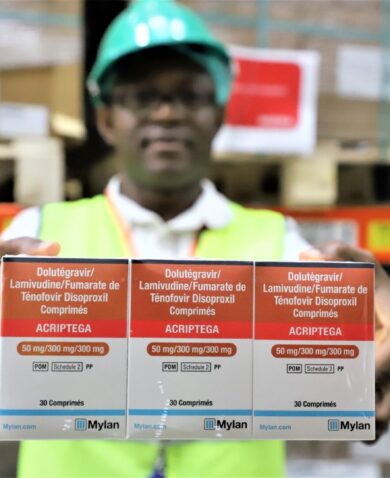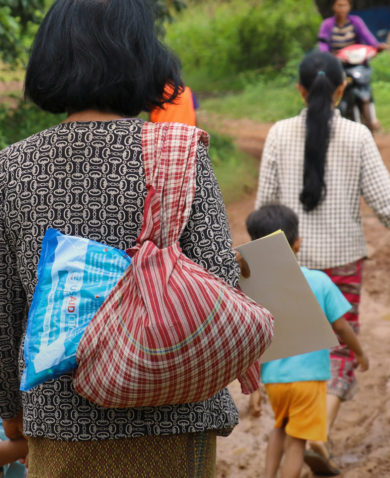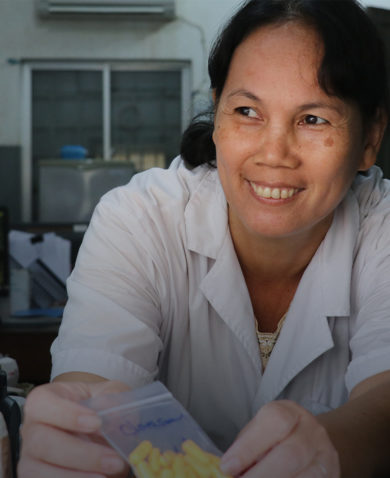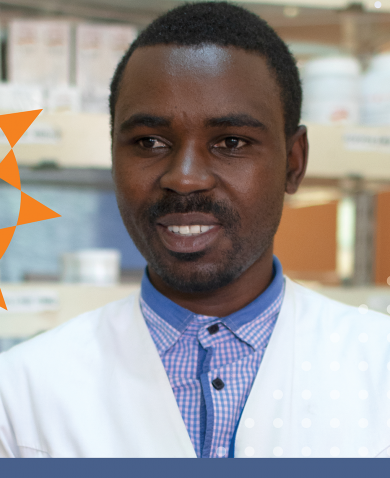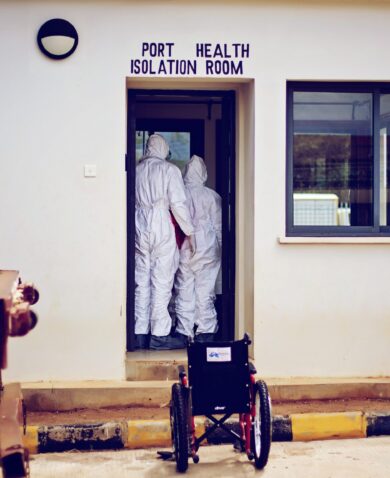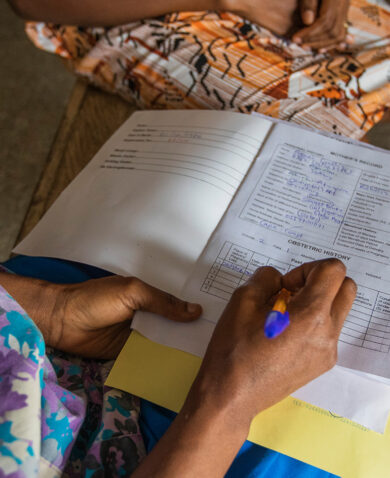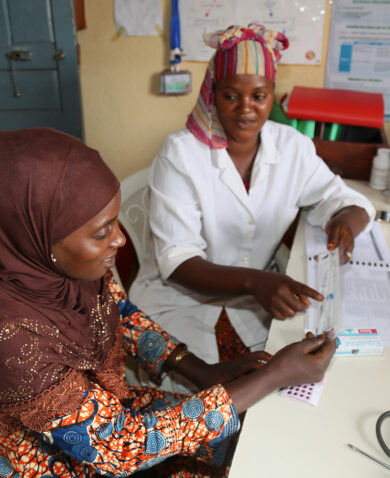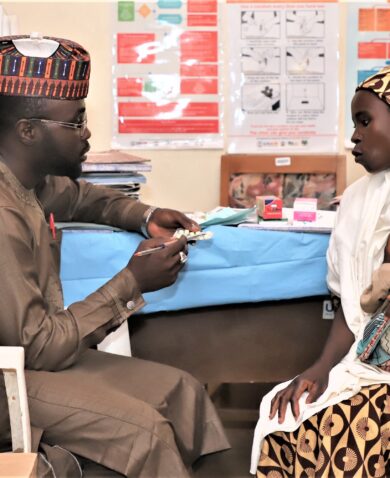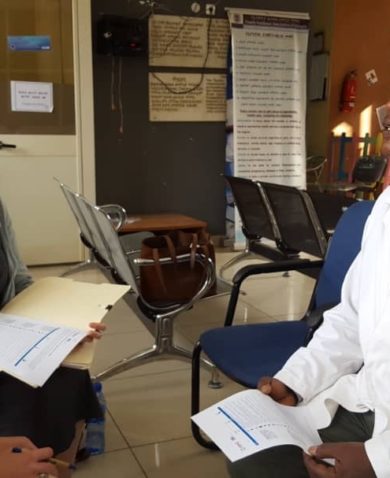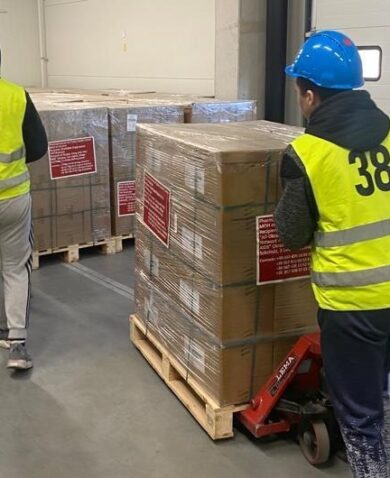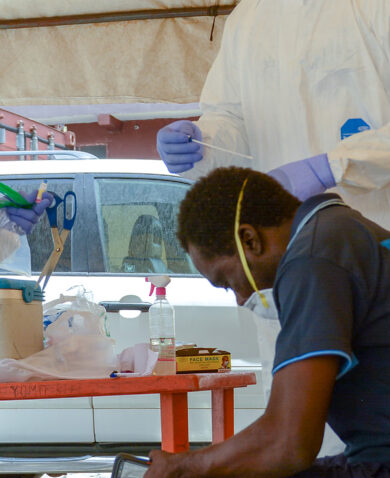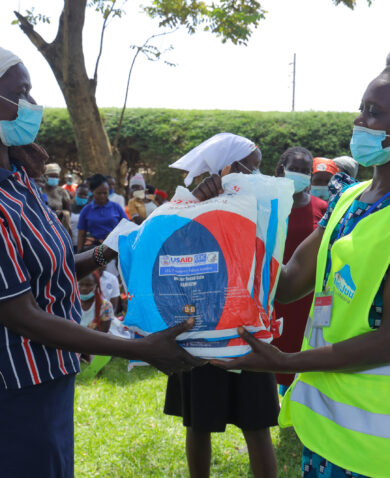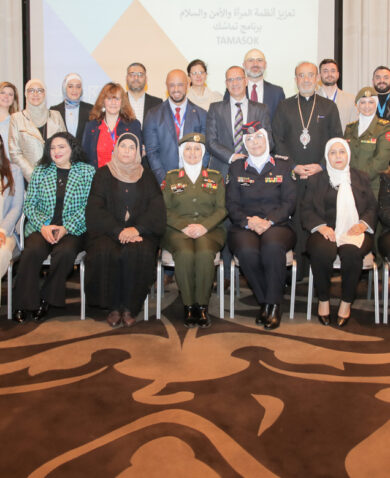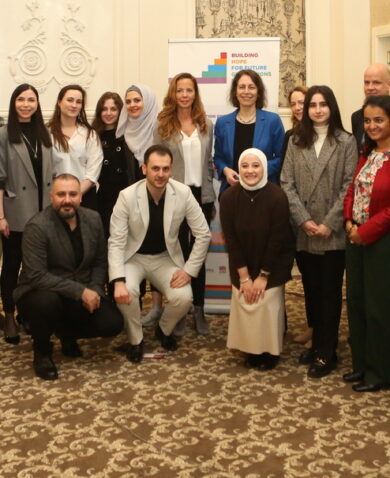The contraceptive supply chain has seen significant growth over the past decade to meet expanding reproductive health evidence to inform strategic decisions; cLMIS is a prime contributor to improvements registered in FP stock availability at public sector facilities. Based on cLMIS-enabled data visibility, provinces accurately projected their contraceptive requirements and, with GHSC-PSM’s support, included accompanying analysis for their respective chief ministers. GHSC-PSM continues to support the government of Pakistan in improving contraceptive commodity security through joint field monitoring visits at service delivery points in tandem with continuous desk reviews of the cLMIS.

As a result of these actions, the cLMIS has improved distribution, early warning, and accountability at the lowest tiers in the FP supply chain in the public sector. At the facility level, FP commodity availability increased from 40% in 2009 to 84% in 2018. The reporting rate and data use increased from 71% to 99%, and stock availability increased from 86% to 91% (see figure). The improved data visibility through the cLMIS allowed decision-makers to more efficiently decide where to allocate funds for contraceptive procurement, leading to improved stock availability. This, in turn, has led to an increase in the share of services provided for condoms, intrauterine contraceptive devices, and injectables.
The progress made in helping the government of Pakistan meet the contraceptive needs of its population has reduced the 2050 population estimate to 266 million, according to the 2017-2018 Pakistan Demographic and Health Survey. Meeting contraceptive needs also contributes to reduce overall maternal mortality and improves women’s health by preventing unwanted and high-risk pregnancies, reducing the need for unsafe abortions. For Noor, and other women like her, this has a direct correlation with child and family well-being by reducing the economic and emotional burden of parenthood and affording increased opportunities for participation in educational, economic, and social activities.
Banner photo: A health worker at the Family Welfare Centre in Lahore, Pakistan counsels a couple on family planning methods. Credit: GHSC-PSM.

